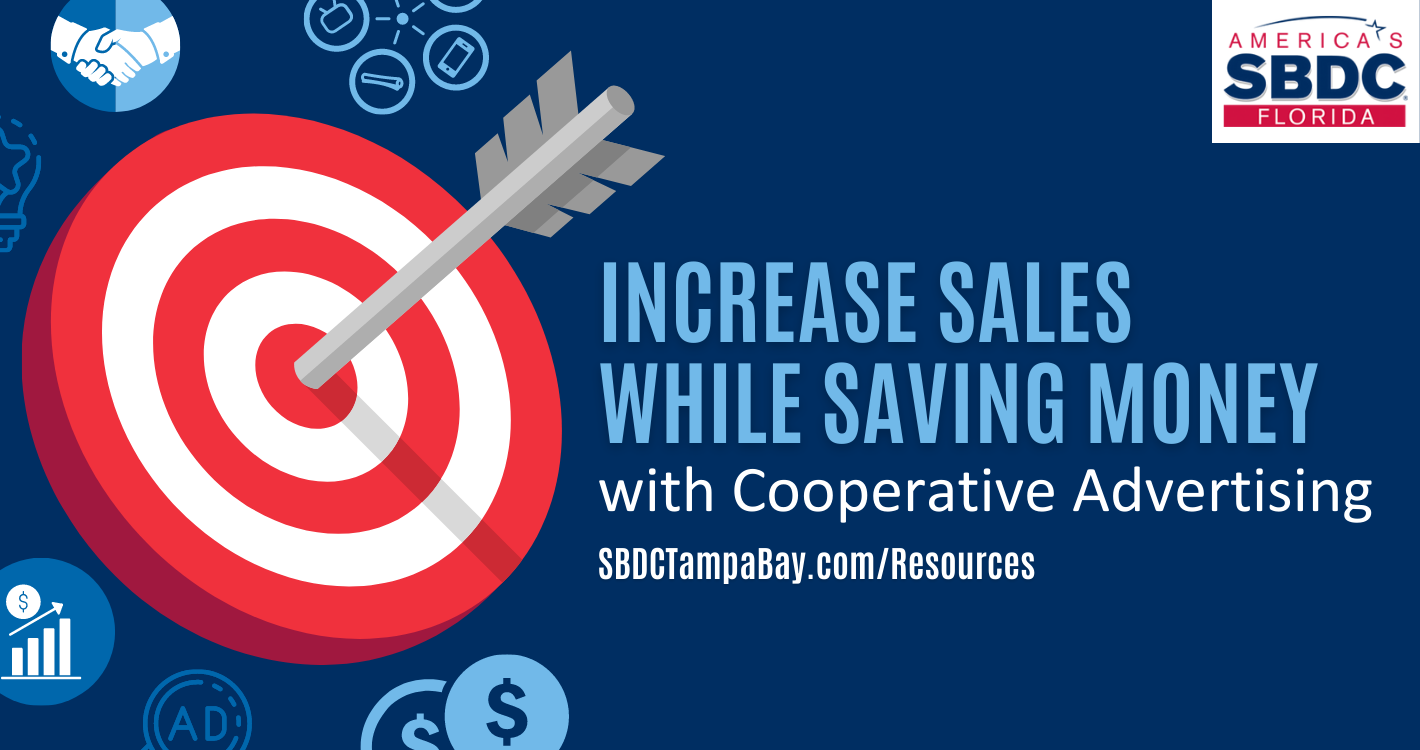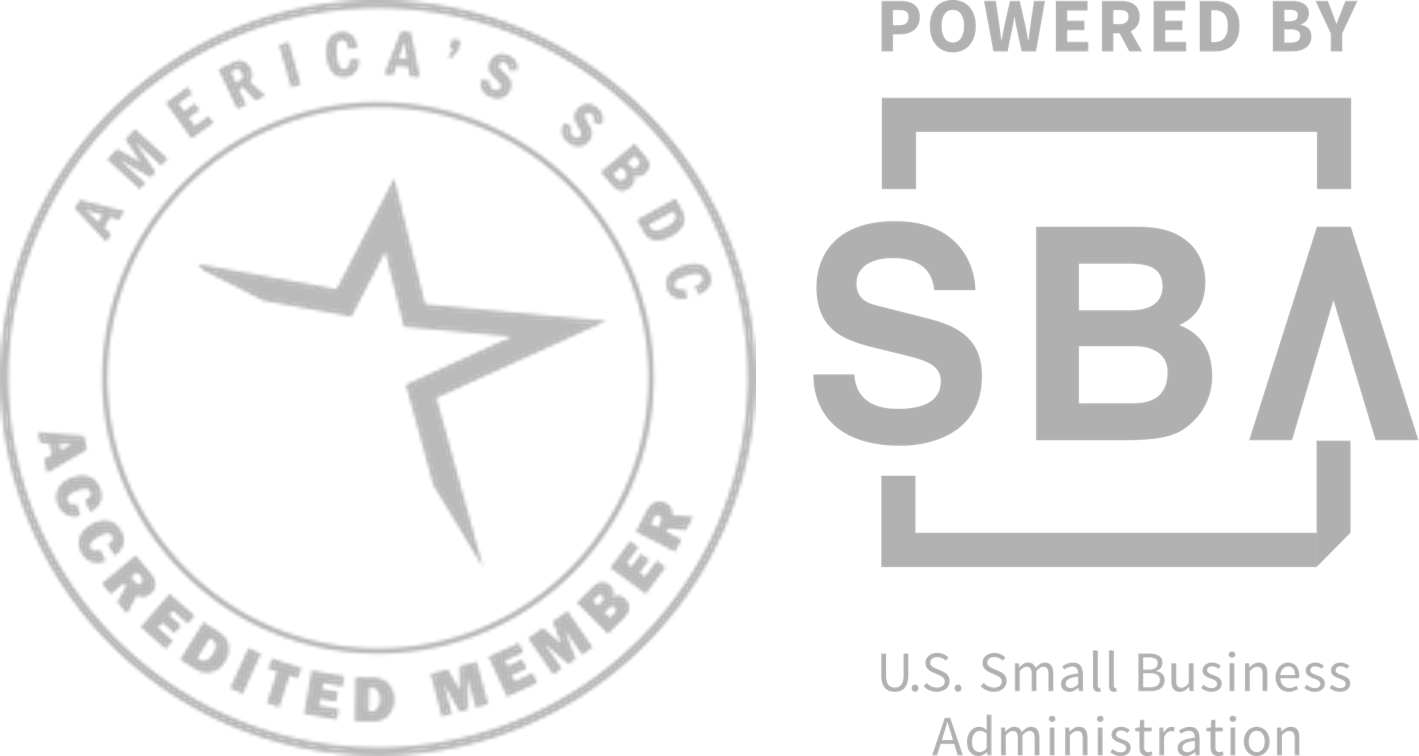Increase Sales While Saving Money with Cooperative Advertising
by Brad Mix | May 03, 2023
Cooperative advertising helps make advertising affordable for small businesses that sell other company’s products. With cooperative advertising programs, a manufacturer will reimburse distributors or retailers for a portion of their advertising costs.
Manufacturers provide these programs as an incentive to promote their products. This way small distributors or retailers can utilize more expensive, more effective, advertising mediums like radio and television. Cooperative advertising money can also be used for promotional materials such as product flyers, trade magazine ads, direct mail campaigns, trade show booth materials, and giveaway items. Not only does cooperative advertising save businesses money while increasing their advertising budget, but the credibility of the advertisement is also increased by aligning themselves with a nationally recognized company.
How The Money Works
Manufacturers typically focus their cooperative advertising dollars on businesses that actively buy and sell their products. Therefore, the amount of cooperative advertising money available to distributors and retailers is based on a given percentage of the business’s actual purchases. In addition, cooperative advertising programs will reimburse a percentage of the advertising expenses. Manufacturers will sometimes cover anywhere from 50-100% of the cost of placing local ads; the average reimbursement for most cooperative advertising programs is 50%.
Unfortunately, the majority of available cooperative advertising money is not typically utilized. The primary reason is very few retailers realize the benefits or availability of cooperative advertising. Furthermore, very few retailers have a comprehensive marketing plan that incorporates a schedule of advertising.
Another reason is that not all manufacturers actively promote their cooperative advertising programs. As a result, many businesses fail to take advantage of this available money. The key is to search out the available programs, determine which vendors have established co-op programs, and ask them for a copy of their program guidelines.
Cooperative Advertising Process and Rules
Most cooperative advertising programs have rules to ensure their product is adequately and properly promoted within the advertisement. For instance, a company might require 50%of the ad pertain to their product; the name brand be prominently featured; and there be a picture of the product. Sometimes subsequent approval is required by the manufacturer, especially for television and radio advertisements.
With cooperative advertising programs, the distributor or retailer submits a claim form for reimbursement of the eligible portion of their advertising expenses. In addition, the manufacturer will probably require a copy of the advertisement and an invoice from the media source. Consequently, careful records must be maintained for each vendor. These records should indicate how much product was purchased from each vendor and the amount of cooperative advertising money to be reimbursed.
Entering into a Cooperative Advertising Agreement
Before entering into a cooperative advertising agreement, it is essential to have a thorough understanding of the terms and conditions involved to avoid any surprises or misunderstandings down the line. Some common terms and conditions that may be included in a cooperative advertising agreement are:
- Advertising requirements: The manufacturer may specify the type of advertising that the retailer or distributor must use, such as print ads, television commercials, or online ads. The manufacturer may also specify the content, design, and quality of the advertising.
- Budget allocation: The manufacturer may agree to contribute a certain percentage of the advertising costs, but the retailer or distributor is responsible for covering the remaining costs. The agreement may also specify the maximum amount that the manufacturer will contribute.
- Reimbursement: The manufacturer may agree to reimburse the retailer or distributor for a portion of the advertising costs after the advertising has been completed and verified.
- Brand guidelines: The manufacturer may require the retailer or distributor to follow certain brand guidelines, such as using specific logos or colors, in their advertising.
- Reporting requirements: The retailer or distributor may be required to provide reports to the manufacturer showing how the advertising funds were used and the results of the advertising campaign.
- Duration of agreement: The cooperative advertising agreement may be for a set period of time, such as one year, and may be subject to renewal or termination.
By taking the time to understand the terms and conditions of the cooperative advertising agreement, you can ensure that you meet all the requirements and maximize the benefits of the partnership. It is also important to communicate effectively with the manufacturer and maintain a positive working relationship to ensure a successful and mutually beneficial cooperation.
Persuading Vendors to Adopt a Cooperative Advertising Program
Some vendors do not have a cooperative advertising program. However, if you can persuade them on the benefits of cooperative advertising, many vendors will be willing to assist you.
The best way is to approach them with a well thought out marketing plan that includes a schedule of advertising. Another approach is to prominently feature a company’s products in your advertisements. Be sure to obtain their permission prior to utilizing their company name or products in your advertisements. Then, track the increase in their sales from the advertising medium. By demonstrating, in tangible and quantitative terms, the direct benefit to the company, they will be more prone to adopt a cooperative advertising program.
In summary, cooperative advertising benefits everyone involved – the manufacturer, the distributor, and the retailer. It enables smaller retail outlets to increase their advertising budget without the additional out of pocket expense. Therefore, in today’s competitive environment, businesses cannot afford to not take advantage of these programs.






Brad Mix
Consultants, Growth Acceleration Consultants, Manatee, Mix, SarasotaFlorida SBDC at USF
Specialty: Capital Access, Startup
Brad Mix has more than 20 years of experience in the financial services industry and as a business consultant. Prior to joining the Florida SBDC at USF, Mix provided consulting services to more than 2,500 businesses and assisted business owners in securing more than $100 million in capital and $60 million in government contracts. He has extensive experience with SBA loans, including 504s, Community Advantage loans, and microloans. In addition, he assists business owners in preparing business plans, financial projections, profitability improvement, business acquisitions, business valuations, marketing and capital solutions. He joined the Florida SBDC at USF in April 2020, after spending 20 years as a consultant and satellite manager for the Coachella Valley SBDC, located in Palm Springs, Ca. In 2005, he was awarded the California State Star Award by the California SBDC Network. He is a certified Associate Business Continuity Professional (ABCP).